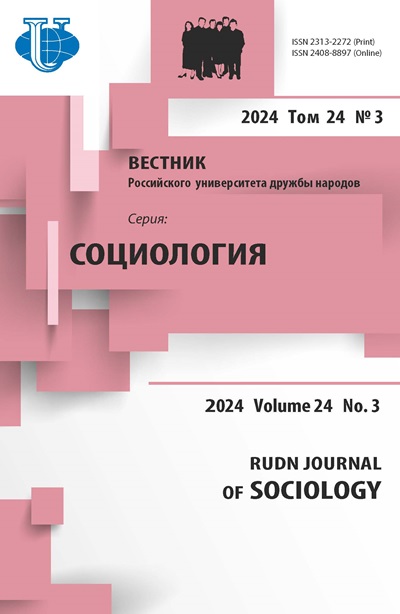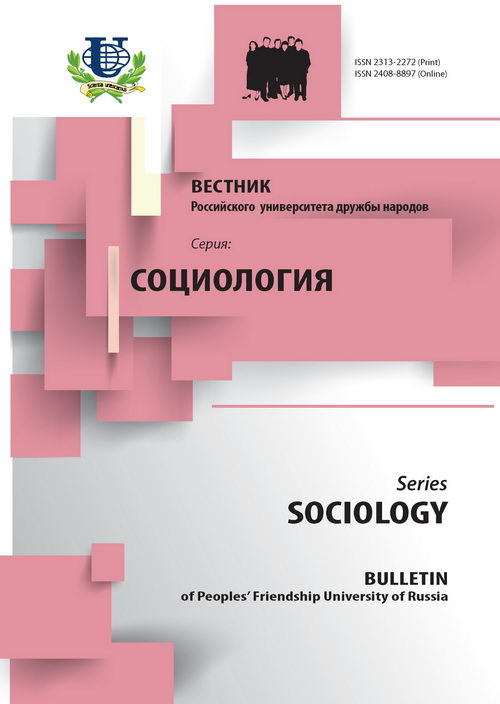Social Exclusion of Convicts and Ex-Convicts in Russia
- Authors: Stepanova EA1, Eflova MY.2
-
Affiliations:
- Institute of Law and Philosophy
- Kazan (Volga basin) Federal University
- Issue: No 1 (2012)
- Pages: 124-131
- Section: Articles
- URL: https://journals.rudn.ru/sociology/article/view/6435
Cite item
Full Text
Abstract
The article raises questions pertaining to ex-convicts as well as confined prisoners - one of the most marginalized groups among all exclusive groups in society. The authors speak about deprivation of convicts and former convicts, as well as their discrimination by the state, identifying the spheres of maximum discrimination of the exclusive group under investigation. On the basis of a sociological study, the authors analyze the most significant barriers preventing the ex-convicts from re-socialization. According to the authors, the task of the government agencies and public organizations is to reduce the number of barriers, which put the socially excluded groups in isolation.
Keywords
About the authors
E A Stepanova
Institute of Law and Philosophy
Author for correspondence.
Email: el_stepanova@mail.ru
Уральское отделение Российской академии наук; Институт философии и права; Institute of Law and Philosophy
M Yu Eflova
Kazan (Volga basin) Federal University
Email: meflova@gmail.com
Кафедра социологии; Казанский (Приволжский) федеральный университет; Kazan (Volga basin) Federal University
References
- Vetoshkin S.A., Stepanova E.A. Tyur'ma i obshchestvo: tolerantnost' vzaimovospriyatiya // Informatsionno-analiticheskii byulleten' GUIN po Sverdlovskoi oblasti. - Ekaterinburg, 2004. - S. 13-23.
- Ubiistvennaya penitentsiarnaya meditsina // Sodeistvie - Mezhregional'naya obshchestvennaya organizatsiya sodeistviya zashchite grazhdanskikh prav. URL: http://www.s-pravdoy.ru/vlast/ 5905-2010-08-11-14-40-31
- Silver H. Reconceptualizing Social Disadvantage: Three Paradigms of Social Exclusion // Social Exclusion: Rhetoric, Reality, Responses. Ed. by G. Rodgers, C. Gore, J. Figueiredo. - Geneva: International Institute for Labour Studies, 1995.













